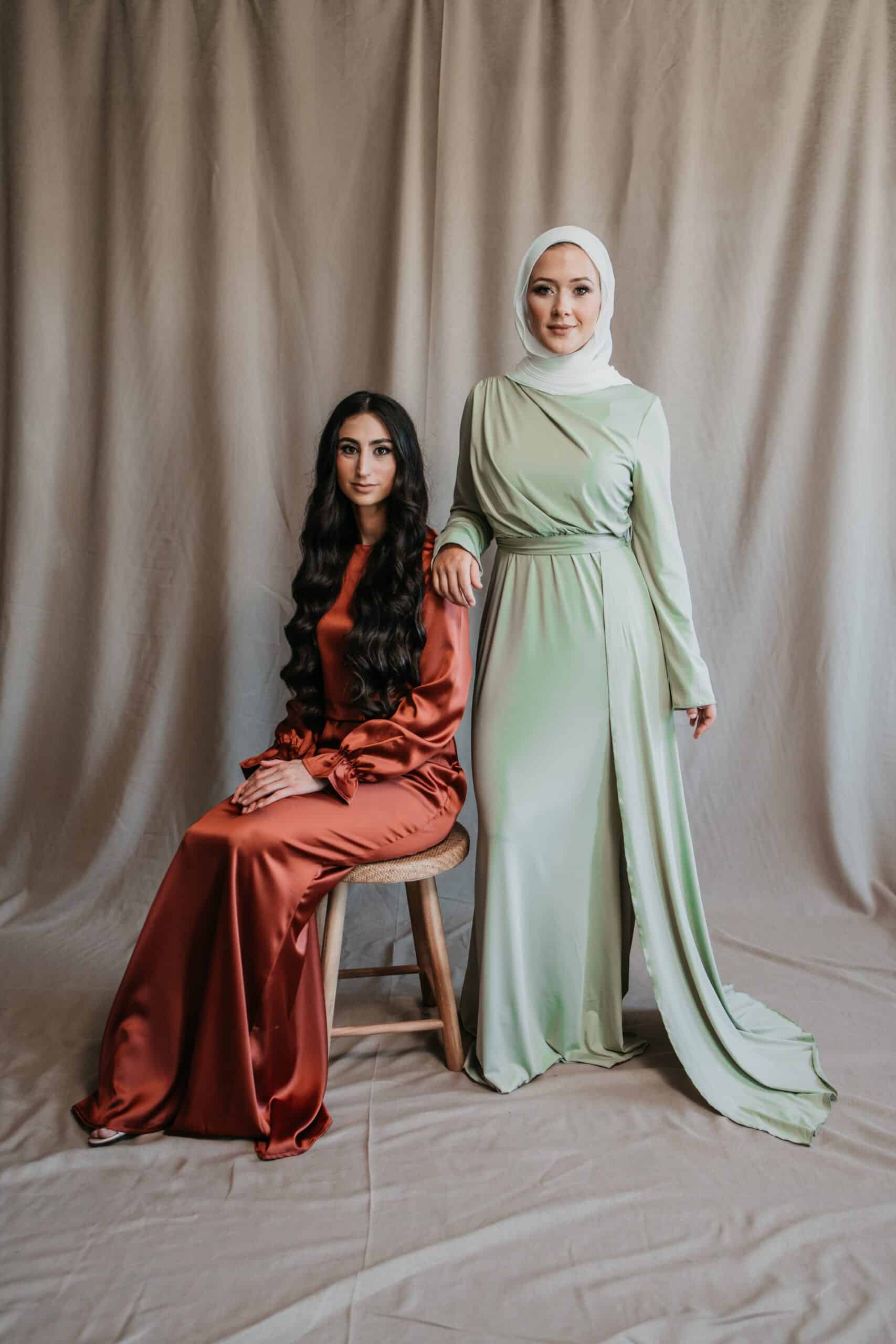Weaving the threads of history
Lebanon, a picturesque land nestled between the Mediterranean Sea and the majestic Mount Lebanon, has long been a crucible of civilisations. Its sartorial culture, which mirrors the myriad influences it has absorbed over centuries, is an oft-overlooked jewel in this treasure trove of heritage.
A tapestry of traditions: the evolution of Lebanese garments
Traditional Lebanese attire, like the country itself, is a mélange of cultures. The primary ingredients in this sumptuous sartorial stew are the indigenous Levantine traditions, marinated in an assortment of Ottoman, French, and other Mediterranean influences. For instance, the ‘tarboush’ or fez, a quintessential part of male attire, was borrowed from the Ottoman Empire, whilst the French Mandate introduced modern tailoring techniques to Lebanon.
The quintessence of elegance: women’s attire
Abaya and Jalabiya: Among the quintessential garments in a Lebanese woman’s wardrobe, the Abaya and Jalabiya stand out. These flowing robes, embroidered with intricate threadwork and accented with ornate accessories, are both an ode to femininity and a testament to the skilled craftsmanship of yore.
The Headscarf: Donning a headscarf is not merely a religious observance but also a cultural emblem. The headscarf’s material, design, and manner of draping often speak volumes about a woman’s social standing and heritage.
The stoic grandeur: men’s attire
Sherwal and Serwal: The ‘Sherwal’ (baggy trousers) and ‘Serwal’ (similar to ‘Sherwal’ but tapering at the ankles) are staples in a Lebanese man’s wardrobe. These comfortable yet dignified garments are often coupled with a ‘Jubba’ or ‘Qumbaz’ (a long-sleeved tunic).
The Tarboush and the Agal: As mentioned earlier, the tarboush has its origins in the Ottoman Empire, while the Agal (a black cord worn to secure the headscarf) reflects Bedouin influence.
Modern embellishments: the contemporary reimagining
In recent years, contemporary Lebanese designers have been assiduously weaving their ancestral culture into modern fashion. Designers like Elie Saab and Reem Acra have elevated traditional Lebanese clothing and embroidery onto the global stage, encapsulating an elegant mélange of the old and new.
Social and cultural significance
Traditional Lebanese clothing is not merely a way to cover oneself but an emblem of cultural identity and social unity. Festivals such as Eid and the Feast of the Assumption often see a resurgence of traditional attire, as an array of colourful garments illuminate the streets, resonating with pride and camaraderie.
Threads that bind
Traditional Lebanese clothing is a rich tapestry woven through centuries, reflecting the social, cultural, and historical heritage of this fascinating nation. As modern designers breathe fresh life into these time-honoured garments, it is crucial to appreciate and preserve the intricate threads that bind the Lebanese people to their splendid past.
Image Credit: Redd F on Unsplash



















